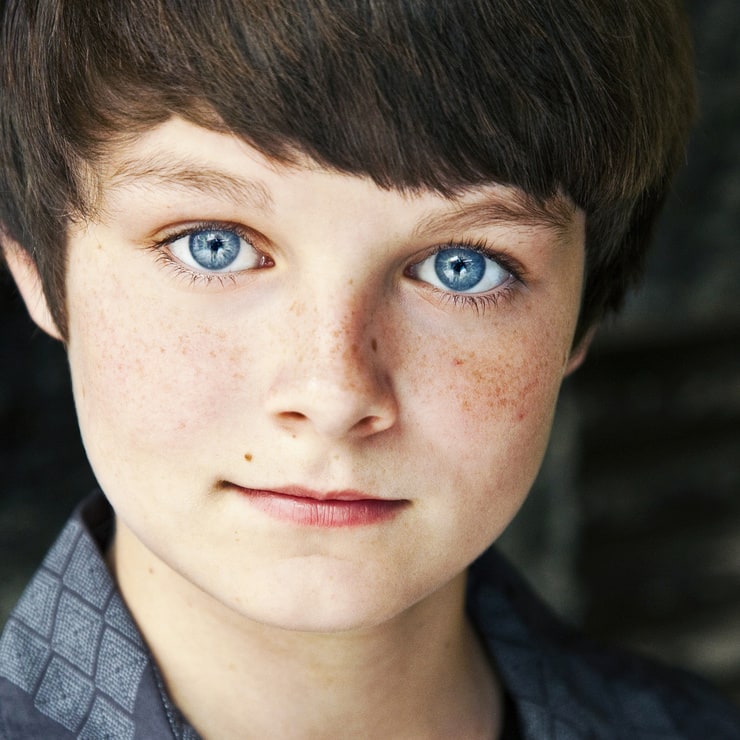

She believes that beauty and self-worth are associated with whiteness and its attributes and, consequently, she cannot construct a positive self-image. For her, as for other members of her community, color is at the core of her sense of self: her feeling of inferiority and self-disgust. Pecola Breedlove is the ultimate example of the pervasive negative effects that internalized racial prejudice has on Blacks, especially since she is only a child, and how it may lead to madness. Hence, the violence that the black community experiences when it is colonized by the controlling Western culture brings about its members’ sense of unworthiness, as well as the loss of their value system. The Breedlove family does not only fail because they are not able to conform to the Western cultural system and, therefore, to the white paradigm of ideal family, but also because, when they eventually acquiesce to it, they start to forget their own black communal values, such as solidarity. Their tragedy is the result of the conflict between the ideal standard of life set by the prevailing culture and their real one.

Through the Breedlove family Morrison draws attention to the negative impact that the dominant Western cultural system has on Blacks. Thus, African Americans’ acceptance by others and their self- worth can only is the consequence of the disavowal of their own race. This internalization “fragments both individual psyches and the community as a whole” and it is life-denying inasmuch as Blacks can never live up to the standards they are being measured by. The minority subject has internalized the ideals of the hegemonic group, the whites. The dominant cultural system has succeeded in the process of African Americans’ mental colonization. In The Bluest Eye, the dissociation of identity is closely related to the racial prejudice that the mainstream white culture spreads among Blacks and how it affects their self-definition. Their trauma and ensuing isolation are associated with the fact that, in Root’s words, “a characteristic intrinsic to their identity is different from what is valued by those in power”, which encompasses a “distinct threat to psychological safety, security, or survival” Judith Herman writes, “the core experiences of psychological trauma are disempowerment and disconnection from others” consequently, “traumatic events have primary effects not only on the psychological structures of the self but also on the systems of attachment and meaning that link individual and community” Morrison depicts these two psychologically traumatized girls namely Pecola and Pauline as discriminated and marginalized, occupying a denigrated status in the eyes of the other members of their own community, or suffering exclusion from that community. Trauma brings about ostracism and, finally, may lead to the destruction of the sense of self. And finally they are seen to lead a vulnerable life for which they never feel any love but hatred. From this point of view Pecola, Cholly and Pauline are seen to pass same kind of condition in their family and society. The individual who has suffered a traumatic death in the family might appear to be ‘damaged’, occupying a devalued and marginal position in the midst of the community. Bereavement entails the disintegration of the subject’s protective and nurturing psychological environment, leaving him/her desolate and helpless. The loss of a loved one produces an irreversible psychic rupture, which may cause a drastic change in personality as well as mental disorders. Traumatic experiences might irreparably fracture the subject’s symbolic universe. Psychic distress can be the consequence of a devastating event or can be the result of long exposure to humiliation and abuse, as in tyrannized minority groups. Trauma, as the root cause of psychological disorders, can be described, in Freudian terms, as a wound inflicted upon the mind. In The Bluest Eye the dissociation of the female adolescent identity stems from the colonization of Blacks by mainstream culture and the internalization of its standards of beauty, which engender self-hatred.
Pecola in The Bluest Eye poignantly exemplify this impact. Morrison has delved in many of her novels into the impact of psychological trauma on the female teenager’s self hood.


 0 kommentar(er)
0 kommentar(er)
